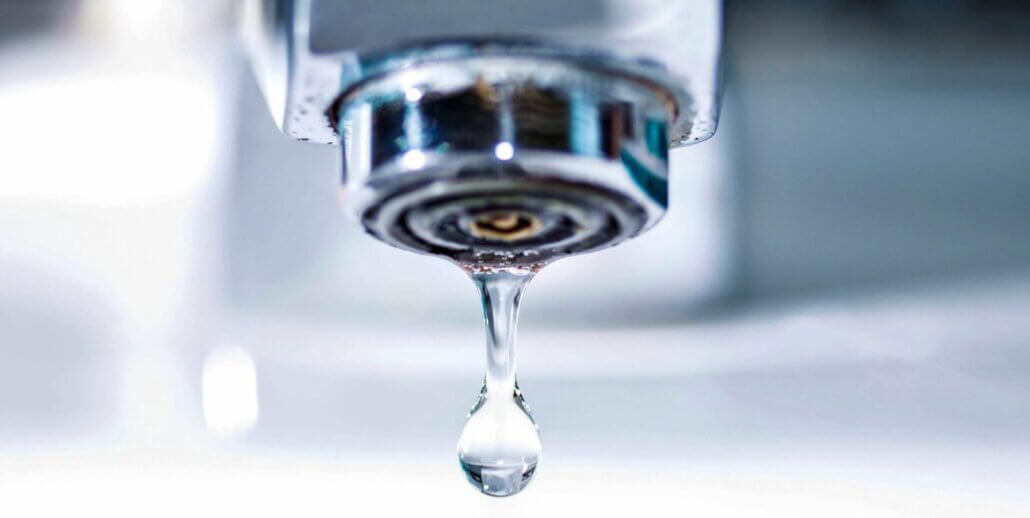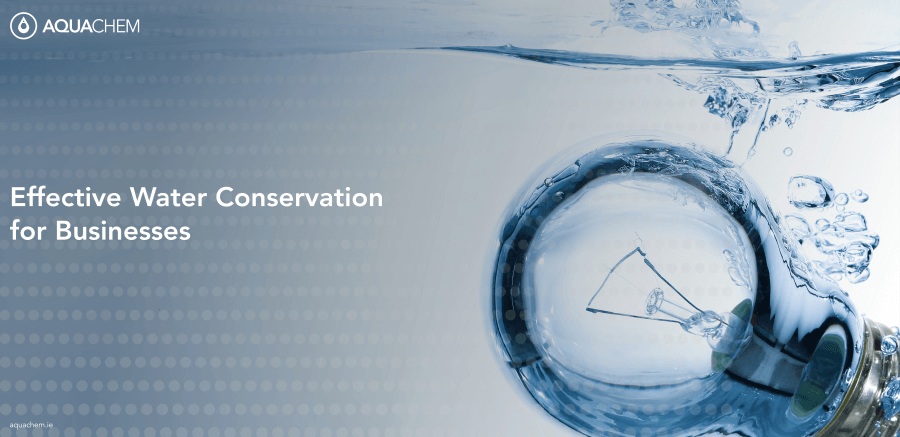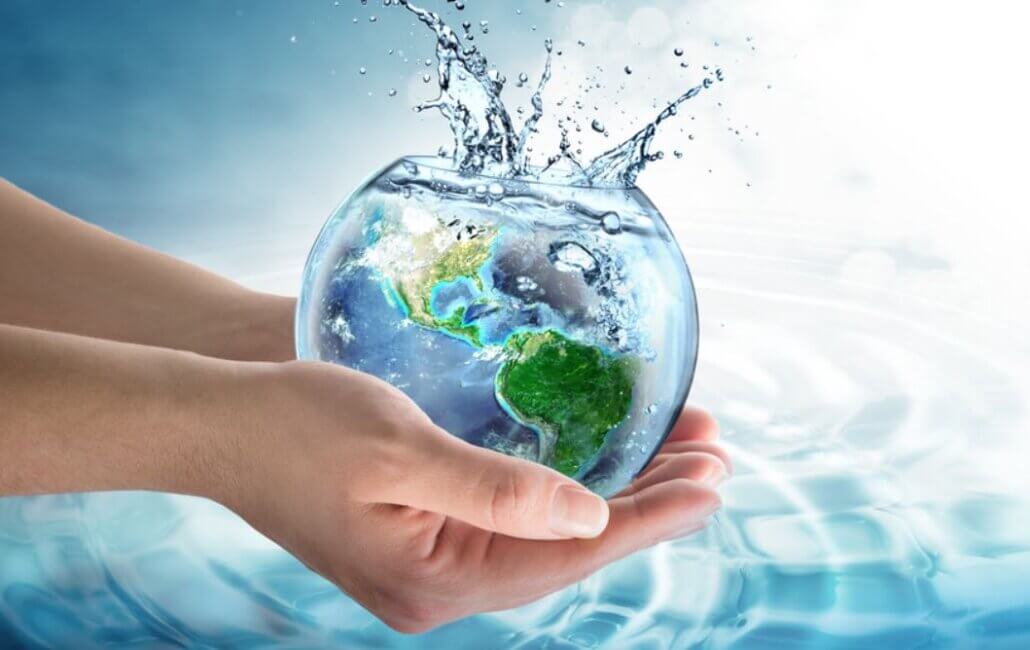When it comes to managing a building or facility, water management is often not seen as a high priority and so don’t realise the importance of sustainability management. However, without water there is no business.
Recent studies confirm what water utilities know and confront every day — water scarcity is already a problem, and its growth is forcing action now. From reducing non-revenue water (NRW) losses and water usage, water conservation is an important step in the effort to improve commercial energy efficiency, as water conservation and energy conservation often go hand-in-hand.
Mismanaging water can have a large impact on a company, whether through a broken supply chain, bad press or even downtime, whereas a sustainable water programme will not only improve your carbon footprint but will improve efficiency and reduce costs too.
In this blog we will go into some detail about what can be done to help conserve water and the benefits of doing so.
Evaluate & Plan
There are a number of factors which are influencing the substantial need for water conservation, these include:
Water Scarcity
Climate change, growing populations, and deteriorating utility grids have combined to strain water supplies
Aging Infrastructure
Much of the urban and suburban water distribution infrastructure installed up to 100+ years ago are exceeding their anticipated service life, causing costly leaks, service disruptions, and potential water quality issues
Imprecise Water Monitoring
Monthly readings from manual and drive-by meter reading systems lack granularity and limit the ability of utilities to effectively manage budget losses or water waste from inaccurate meters, leaks, inaccessible meters, theft, and so many more unnecessary problems
Compliance Monitoring
While water shortage threats have been mostly a local or regional issue to date, the proliferation of news stories concerning droughts and shrinking reservoirs could soon make this a top-of-mind issue for more water utilities and their customers.
Reducing water usage, like most other environmentally friendly practices, is something many people are aware they need to do, but they often lack the information or know-how to accomplish their goal. In reality, though, pursuing a water conservation effort is much simpler than many might assume, here are a few areas that can help your business meet its’ goals, significantly cut their water usage, be more effective environmental stewards, save money on their utility bills and reduce the need for water system maintenance:

Recognize the Reality
- Communicating conservation topics in the context of water use vs. water loss, population growth, demand forecasting, and conservation education programs can be a more effective approach than simply imposing strict water rationing once a crisis arises. But it depends on having good data-enabled utility action on source water availability, consumption trends, and NRW losses garnered through field-monitoring efforts.
Improve water system assessment and maintenance
- Develop a water conservation plan:
Work with employees and educate them about water conservation. Develop a written plan for how employees can save water, including conservation benchmarks, then regularly check to see if those benchmarks are being met.
- Regularly assess water-consuming systems:
Check for leaks and study utility bills to see if there have been any spikes in water usage and consult with a plumber on a regular basis. By staying on top of any unexpected or potential maintenance issues, businesses can head off major problems before they arise.
Implement simple, everyday water conservation techniques
- Check for leaks:
Even the smallest leaks add up over time. Regularly checking for and repairing leaky faucets and pipes can save a business many gallons of water each day.
- Efficiently operate water-intensive machinery:
Businesses that use water-intensive products should only run them once they are fully loaded or required
- Shut off cooling units:
Some air conditioning units consume a lot of water. Shutting them off when they are not needed may save water and energy.
Install basic and advanced water-efficient technologies
- Aerated faucets: Aerated faucet heads provide a reduced water flow.
High-efficiency bathroom fixtures: Waterless urinals and high-efficiency toilets are relatively easy and affordable to install. They also have a large impact on reducing water usage and lowering utility bills.
- Pre-rinse spray valves: Installing low-flow pre-rinse spray valves can save food service businesses
Water recycling and water reuse – the present and future of water-efficient technologies and practices
- Water recycling:
There are many ways to recycle water, from modern gray water systems that take waste water and recycle it for use in boilers and cooling units to recovery systems that capture and reuse boiler and steam condensate.
- Water reuse:
Water reuse is a simple practice that business owners and their employees can implement. Water reuse practices include using leftover drinking water to irrigate indoor plants and using waste water to irrigate outdoor green areas.

How you benefit
- Reduce costs
Water costs can be reduced by up to 50% by investing in no- and low- cost water reduction technologies. Efficient water management will reduce the cost of water consumption and disposal and associated heating costs.
- Reduce carbon emissions
By better understanding the energy implications of heating or chilling water as part of the manufacturing process, businesses can cut their energy costs and reduce their carbon emissions too. Moreover, using less water creates less wastewater, which in turn uses less energy and costs less money.
- Realise market opportunities
A wide range of companies – from construction firms to shampoo manufacturers – are gaining competitive advantage and realising new market opportunities, by meeting consumer needs through supplying products and services that, for example, enable water efficiencies and provide sustainable solutions
- Respond to investor expectation
Investors are increasingly concerned about potential impacts to the bottom line, and the threats that poorly understood and managed water impacts pose to the future performance of their investments. Through CDP, a large and growing number of institutional investors are asking their portfolio companies what they are doing about water.
- Comply with government policy and legislation
Governments have increased expectations for corporate sustainability around water issues and so it better to be ahead of the curve than far behind
- Meet consumer expectations
In Europe, expenditure on ethical goods and services has tripled in the last decade, and nearly 50% of consumers will pay a premium for environmentally-friendly products as public awareness of water scarcity increases, affecting purchasing decisions.
- Ensure long-term positive financial performance through valuing water as a natural capital
Many businesses do not consider the risks to their business if the quality and/or availability of nature’s services, including water are affected. A business that puts a value on the services it draws from nature will be able to make more informed investment decisions, which mitigate risk and improve resilience. Positive long-term performance relies on an understanding of the interdependency between financial, social and environmental factors.
Conclusion
Good water conservation, planning, and compliance monitoring supported by highly granular data — from daily, hourly, and overnight readings — keeps you business ahead of the curve.
Water conservation is already an important issue and is only going to become a bigger issue than it is already.
Our technical experts have over 40 years’ experience working in the industry and have invaluable knowledge of water treatment and the things you can be doing to help conserve water at your facility.
Contact us today to speak to someone about your site and requirements.








